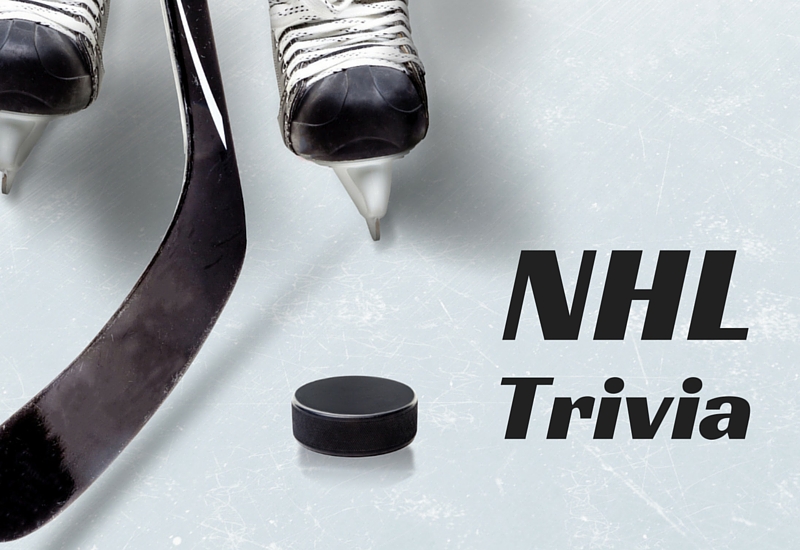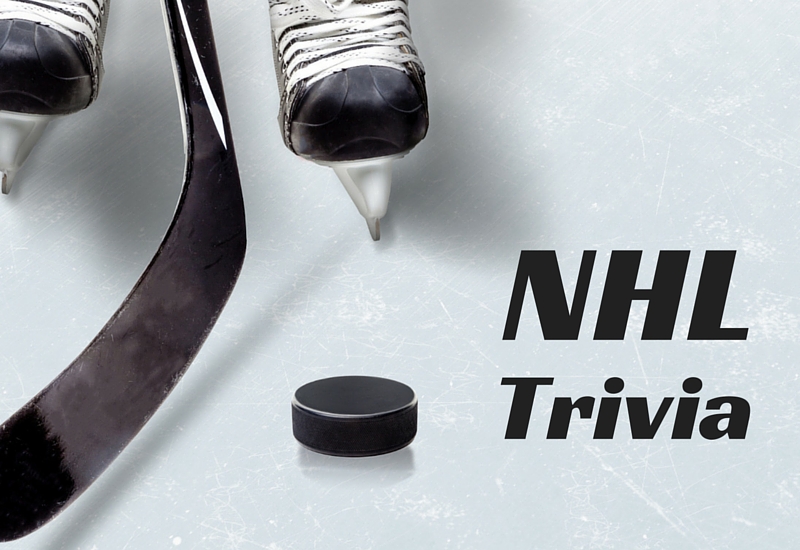The NHL playoffs are about to get underway. And to celebrate the excitement, here are some of the weirdest things that ever went down on the ice during the post-season quest for the Stanley Cup.
2010: Game 6
In 2010, the Chicago Blackhawks won their first Stanley Cup since 1961…but not too many people realized that at first. In overtime of Game 6, Patrick Kane snuck the puck past the Philadelphia Flyers’ goalie. Kane started to celebrate his team’s championship, but he was the only one: The puck had disappeared, and nobody was quite sure where it had gone. Some quick investigation, along with instant replay technology, revealed that it had gotten stuck beneath the padding in the back of the net. But it was a fair goal. Once it was found, then the rest of the Blackhawks were excited.
1975: Game 3
Somehow, Game 3 of the 1975 Stanley Cup Finals took place in May, and not on Halloween. But it might as well have been that holiday for all the spooky stuff that happened. It was unseasonably warm in Buffalo that year as the Sabres hosted the Philadelphia Flyers. That environmental heat and humidity, along with the team’s arena not having air conditioning meant that the game was played through heavy fog—yes, indoor fog. During timeouts, arena employees tried to fan the fog away by waving around bedsheets. During the same game, a bat made its way into the arena. Rather than hang out in the rafters, it explored the ice…where Sabre center Jim Lorentz reached knocked it out of the air with stick, and, shockingly, killed it.
1988
Bizarrely, fog would complicate the Stanley Cup Finals again in 1988. The Boston Bruins hosted the Edmonton Oilers…as well as a thick blanket of indoor fog. It was hard for players to see, and it got even harder for them to see when a power failure made all the arena’s lights go out. The game was postponed.
1920s
Back in the 1920s, NHL teams weren’t quite yet multi-million-dollar franchises stocked with world-class players, and backups for world class players. It was still a small, struggling league of six teams in the eastern U.S. and Canada, and teams had to get by with what they had. Take for example the 1928 Stanley Cup Finals. New York Rangers goalie Lorne Chabot was too injured to suit up for Game 2. So, taking his place in front of the net: Lester Patrick, head coach of the New York Rangers. The Rangers won the game and the Stanley Cup.









